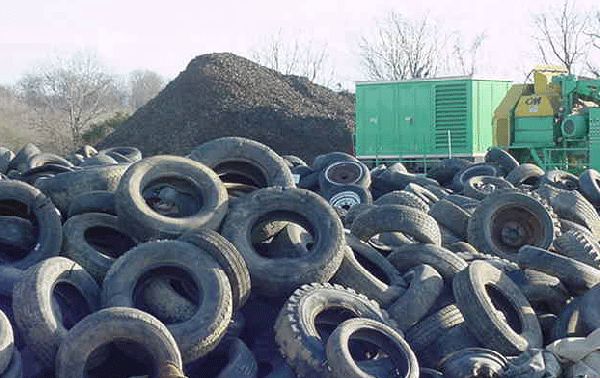A few days ago we covered an article on how noise can not only be mitigated, but also utilized as a renewable energy source. However, given the current circumstances, noise pollution imparts its baleful nature on a whopping one fifth area of United States. And, as a consequence of this adverse impact, animals and even plants are showing signs to be affected by the rising din of the urban areas.

According to a research, animals generally found around the city areas and suburbs are looking forth to move to quieter places, given the psychological impact of unmitigated sound. And, this where the biological acoustic connection is found; as most of the trees and shrubs depend upon the surrounding creatures for pollination. So, when the animals are spreading out to solitary habitats due to noise pollution, they are indirectly yet adversely altering the urban landscape of plants and trees.
For example, according to a study done by Clinton Francis, an evolutionary ecologist at the National Evolutionary Synthesis Center, birds like western scrub jays are willfully avoiding noisy areas to build their nests. However, they are one of the main species to carry and disperse piñon pine tree seeds. So, with the bird’s shifting to other places, the seeds scattered under the trees are left unguarded to be eaten by rodents such as mice. This whole natural procedure instigated by artificial elements like noise, can result in the loss of such pine trees, as the future generations come after the other.
As a matter of fact, the above study provides an apt example of how noise pollution is affecting our eco system in a collective scope. Its malefic impact is not just limited to humans and animals, but is also exposing our precious plant life to natural predators.
Via: Discovery




